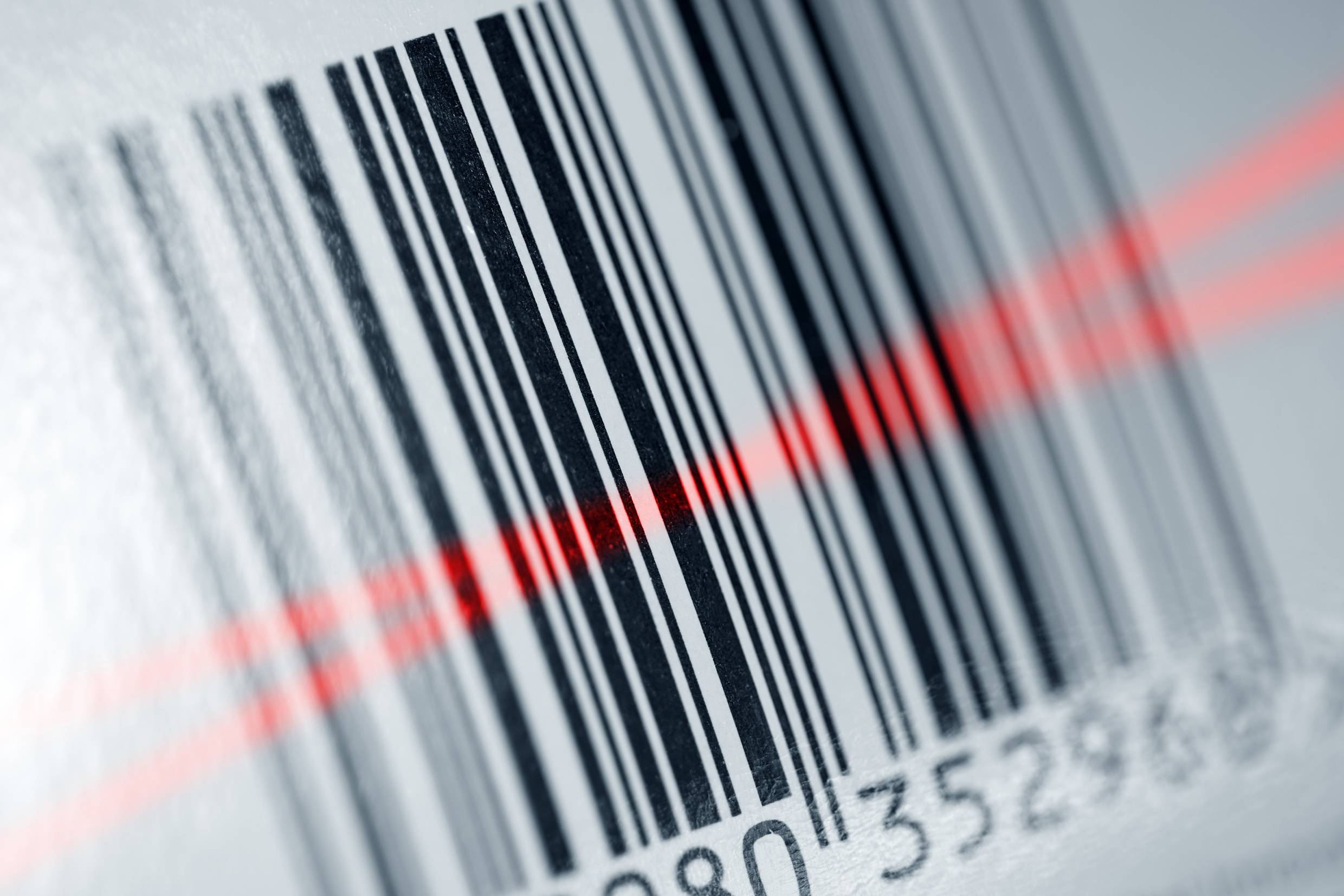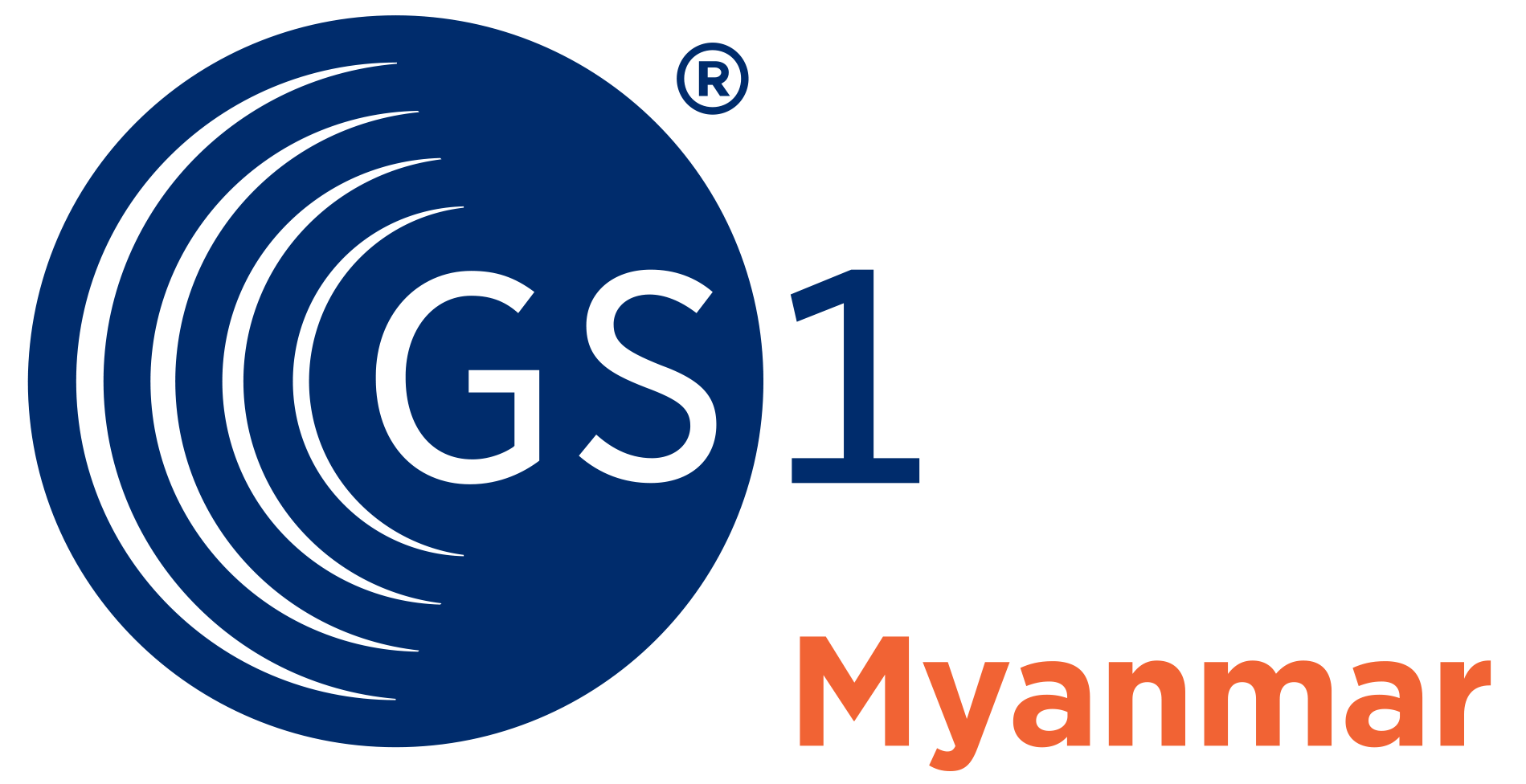GS1 Barcode
Working with GS1, you can rest assured that your barcodes and unique numbers will be accepted by major retailers and distributors all over the world.

Barcodes are symbols that can be scanned electronically using laser or image-based technology.
They are used to encode information such as key identifiers (product, shipment, location, etc.) and key attributes (serial numbers, batch/lot numbers, dates, etc.) via GS1 syntaxes (plain, GS1 element string and GS1 Digital Link URI).
Barcodes play a key role in supply chains, enabling parties like retailers, manufacturers, transport providers and hospitals to automatically identify and track products as they move through the supply chain.
GS1 utilises several types of barcodes to satisfy different business requirements.
Linear barcodes
Linear barcodes, like the U.P.C. code commonly found on consumer goods, use a series of variable-width lines and spaces to encode data, including the GTIN for product identification.



Two-dimensional (2D) barcodes
2D barcodes use patterns of squares, hexagons, dots and other shapes to encode data. Because the data is encoded in a two-dimensional pattern, 2D barcodes can hold more data than 1D barcodes while still appearing physically smaller.
Data matrix types
Data matrix encoded with GS1 Digital Link URI syntax
GS1 DataMatrix encoded with GS1 element string syntax
QR code types
QR Code encoded with GS1 Digital Link URI syntax
GS1 QR Code encoded with GS1 element string syntax1
DotCode
GS1 DotCode (exclusively for EU Tobacco reg 2018/574)
